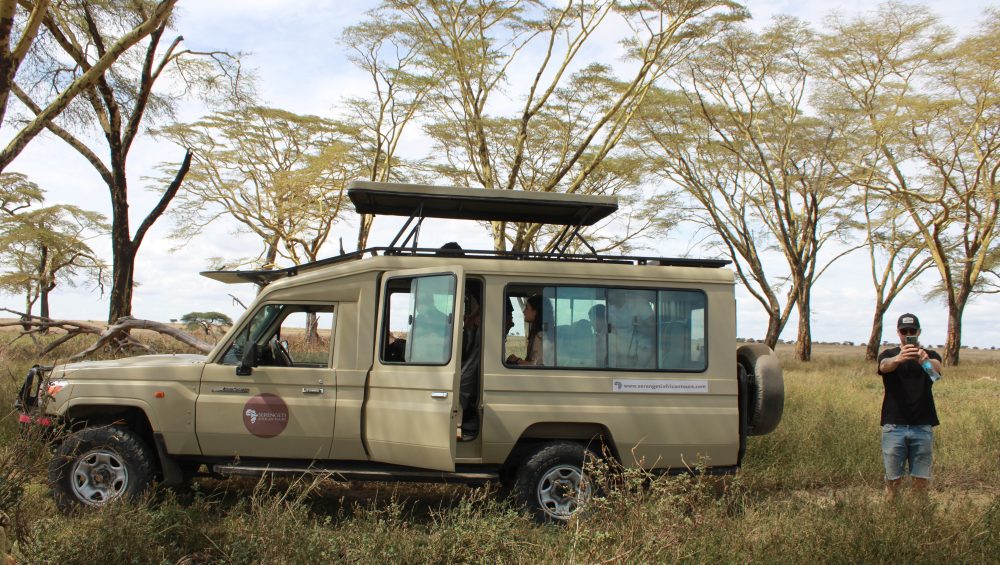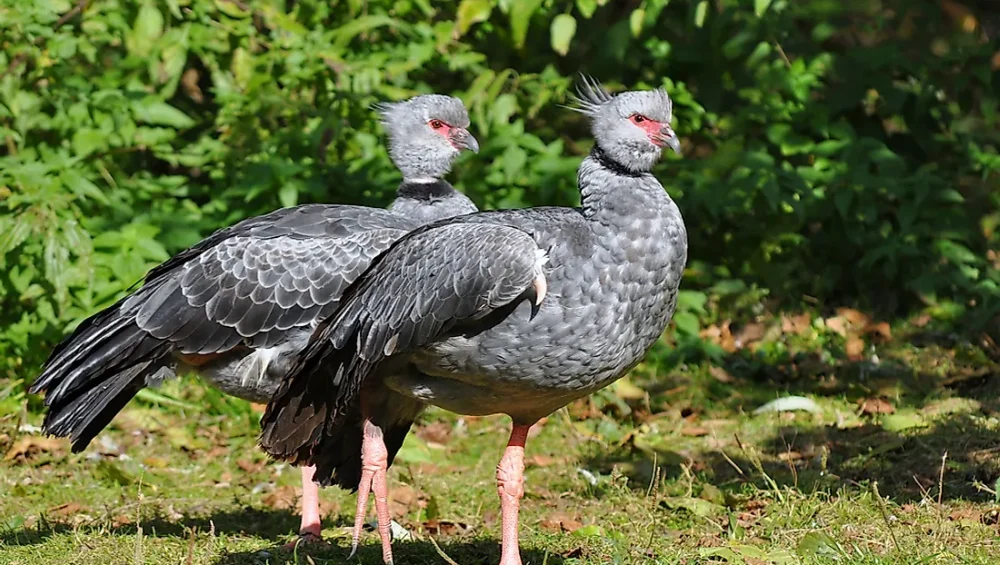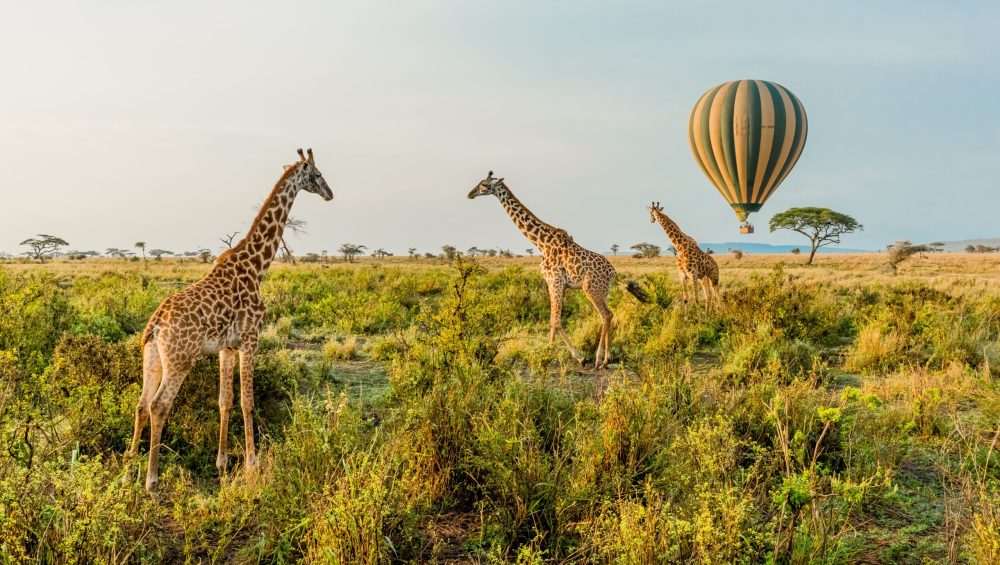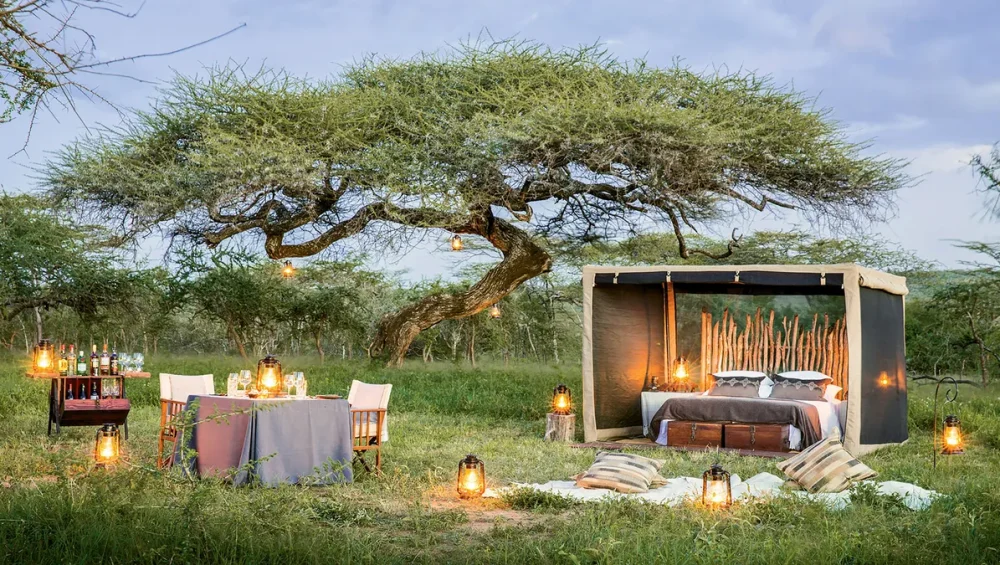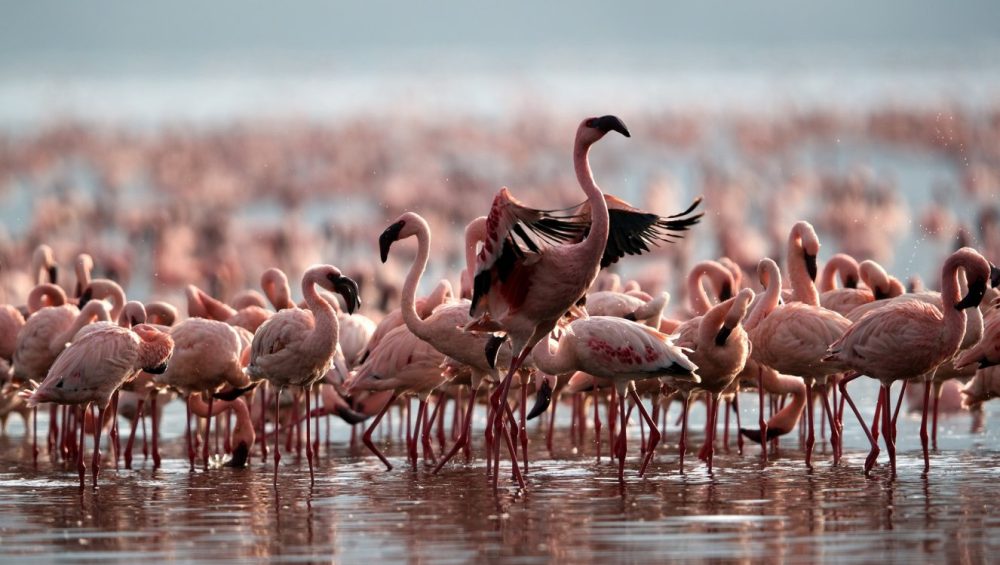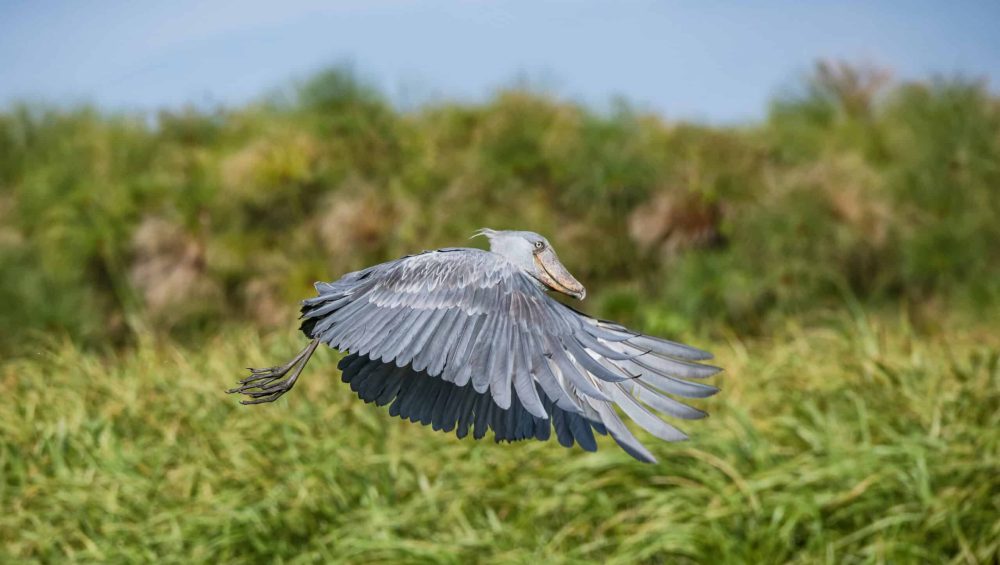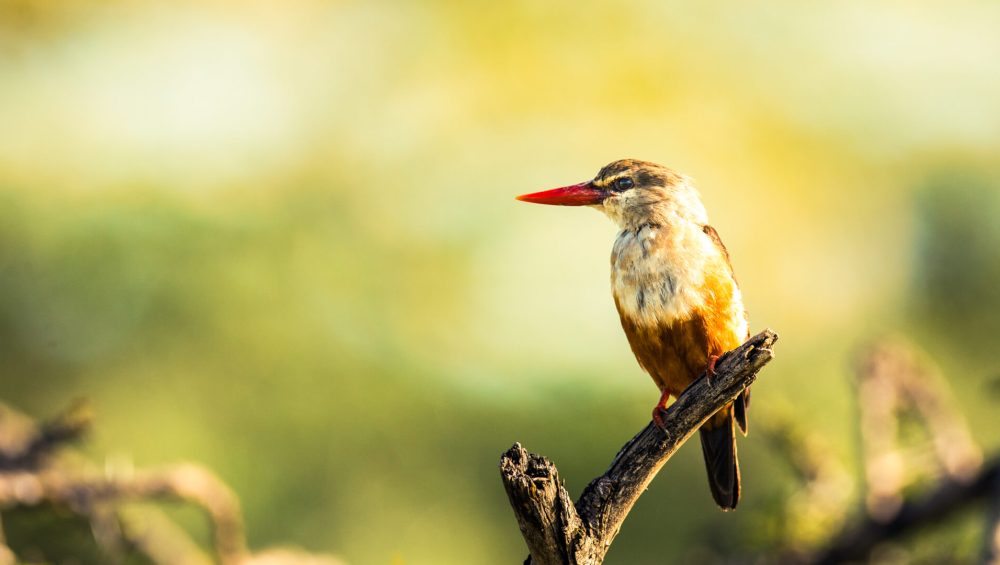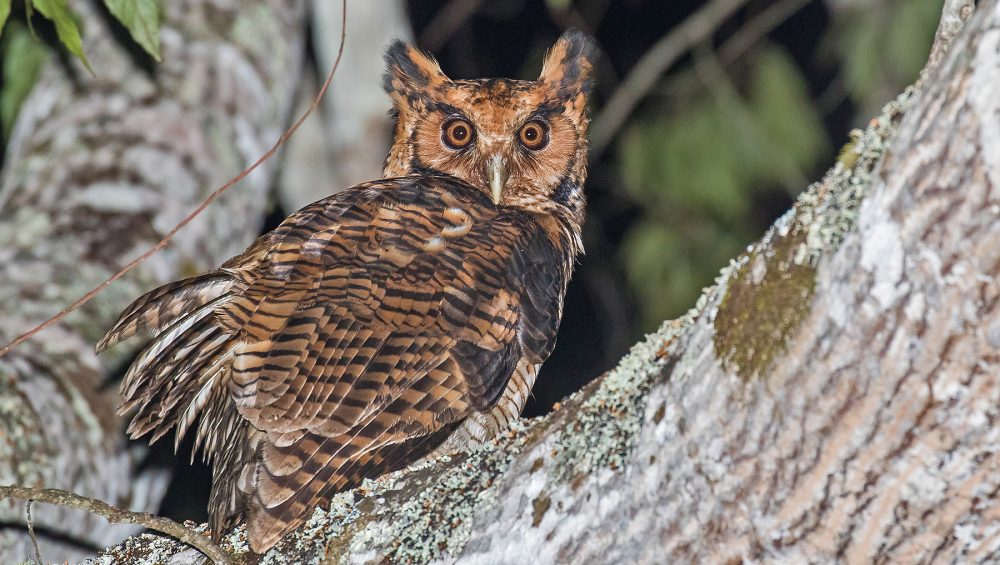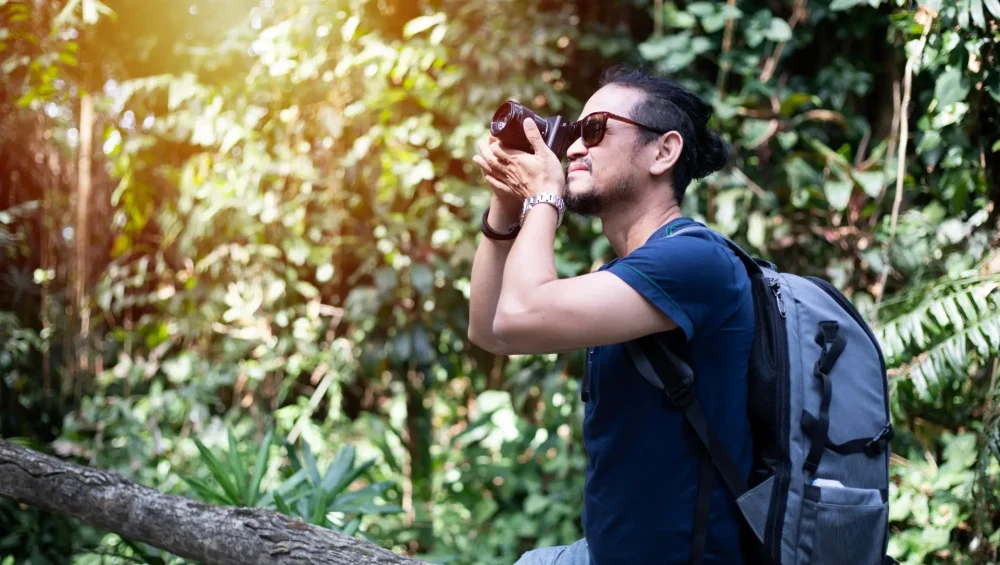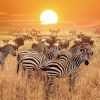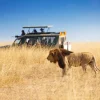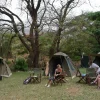Birdwatching Safari vs. Traditional Game Drives: Which is Best for You?
Birdwatching Safari vs. Traditional Game Drives: Which is Best for You?
When planning a safari in Tanzania, one of the key decisions to make is whether to opt for a birdwatching safari or a traditional game drive. Both experiences offer unique perspectives of Tanzania’s rich wildlife and landscapes, but they cater to different interests and preferences. Whether you’re an avid birdwatcher or a wildlife enthusiast keen to spot the Big Five, understanding the distinctions between these safari options will help you choose the best one for your adventure.
1. Focus of the Safari
Birdwatching Safari: A birdwatching safari is specifically designed for those with a keen interest in observing and identifying bird species. Tanzania is home to over 1,100 bird species, including both resident and migratory birds. These safaris focus on visiting areas rich in birdlife, such as wetlands, lakes, and forested regions, where you can spot diverse species like flamingos, hornbills, eagles, and rare migratory birds.
Best for:
- Bird lovers
- Nature photographers interested in capturing birds in action
- Those seeking a peaceful, quiet safari experience
- Travelers wanting to explore Tanzania’s diverse ecosystems beyond large mammals
Traditional Game Drives: Traditional game drives are the classic African safari experience, focusing on spotting iconic wildlife, including the Big Five (lion, leopard, elephant, buffalo, and rhino), as well as other mammals like giraffes, zebras, and cheetahs. These drives take you across expansive savannahs, grasslands, and woodlands, offering thrilling opportunities to see predators in action, herds of grazing animals, and dramatic wildlife interactions.
Best for:
- Wildlife enthusiasts eager to see the Big Five and other large mammals
- First-time safari-goers
- Those looking for an adventure-packed, action-filled experience
- Travelers interested in the dynamics of predator-prey relationships and animal behaviors
2. Safari Locations
Birdwatching Safari: Birdwatching safaris often take place in areas where the focus is on bird habitats such as lakes, wetlands, forests, and riverbanks. Some of the best birdwatching destinations in Tanzania include:
- Lake Manyara National Park – Known for its large flocks of flamingos and diverse bird species.
- Lake Natron – A key breeding ground for Lesser Flamingos.
- Serengeti and Ngorongoro Crater – Home to a variety of raptors, waterfowl, and migratory species.
- Tarangire National Park – Famous for its large herds of elephants and diverse bird species.
Traditional Game Drives: Traditional game drives are typically centered around iconic wildlife habitats such as:
- Serengeti National Park – Known for its vast plains, great migration, and Big Five sightings.
- Ngorongoro Crater – A prime location for seeing a wide variety of wildlife within a unique crater ecosystem.
- Tarangire National Park – Famous for its elephant herds, baobab trees, and excellent predator sightings.
- Selous Game Reserve – Home to vast populations of wild animals, including elephants, lions, and hippos.
3. Pacing and Activity Level
Birdwatching Safari: Birdwatching safaris tend to be more relaxed and slower-paced than traditional game drives. Birdwatchers often have more time to observe the birds’ behavior, take photographs, and identify species with the help of a guide. Birdwatching usually involves a mix of vehicle-based viewing and walking safaris, where you can quietly observe birds in their natural habitats.
Best for:
- Travelers who enjoy a slower, more reflective experience
- Those who prefer a more intimate connection with nature and its smaller creatures
- Birdwatchers who want to focus on specific species rather than large animals
Traditional Game Drives: Traditional game drives are generally faster-paced and focused on spotting larger mammals. A game drive is an exciting, action-packed experience, where you might follow a pride of lions or track down a herd of elephants. These drives often involve off-road travel and can sometimes include stops for photography, meals, or picnics.
Best for:
- Adventure seekers looking for the thrill of seeing large predators and herds of animals
- Travelers who prefer the adrenaline rush of wildlife encounters
- Families and groups with varying interests, as game drives cater to a wide range of wildlife interests
4. Equipment & Preparation
Birdwatching Safari: Birdwatching safaris typically require specialized equipment, such as binoculars, field guides, and a camera with a telephoto lens. You may also want to bring a notebook for taking notes and tracking the birds you spot. Birdwatching safaris may involve early morning or late afternoon outings, as many birds are more active during these times.
Best for:
- Those with an interest in nature photography or bird identification
- Travelers who enjoy being prepared with the right gear for an immersive experience
Traditional Game Drives: For traditional game drives, binoculars, a camera, and a good pair of sunglasses are essential. While it’s not necessary to have specialized equipment, a camera with a long lens will help you capture close-up wildlife shots. The game drives usually take place during the day, with some options for evening drives, which offer different opportunities to spot nocturnal animals.
Best for:
- Travelers who enjoy taking photos of large wildlife and landscapes
- Those looking for a more casual, straightforward safari experience
5. Which Safari is Right for You?
Choose a Birdwatching Safari if:
- You are fascinated by birds and their behaviors
- You enjoy peaceful, slow-paced safaris with a focus on nature
- You want to experience a variety of ecosystems and smaller wildlife beyond large mammals
- You have a specific interest in migratory birds and conservation efforts
Choose a Traditional Game Drive if:
- You are excited about seeing the Big Five and larger mammals in action
- You’re looking for a more energetic and adventure-filled safari experience
- You want to witness dramatic predator-prey interactions and wildlife dynamics
- You are a first-time safari-goer and want to see a wide range of iconic wildlife
Conclusion
Both birdwatching safaris and traditional game drives offer enriching experiences in Tanzania, but they cater to different types of wildlife enthusiasts. If your passion lies in discovering the avian world and exploring Tanzania’s diverse ecosystems, a birdwatching safari will provide an unforgettable experience. On the other hand, if you seek the thrill of witnessing large mammals and dramatic wildlife encounters, a traditional game drive is the way to go. Whatever you choose, Tanzania promises an exceptional safari adventure, filled with breathtaking landscapes and unforgettable wildlife moments.
Deals and Discounts
Our Best Selling Tanzania Tours & Safaris
2 Days Tanzania Budget Safari
- Price: $500 per person
- Tour Type: Budget Safari, Joining Groups
- Place Visited: Arusha, Tarangire, Ngorongoro Crater
3 Days Safari Serengeti & Ngorongoro Crater
- Price: $750 per person
- Tour Type: Budget Safari, Joining Groups
- Place Visited: Arusha, Serengeti, Ngorongoro Crater
3 Days Tanzania Big 5 Budget Safari
- Price: $650 per person
- Tour Type: Budget Safari, Joining Groups
- Place Visited: Arusha, Tarangire, Lake Manyara, Ngorongoro Crater
3 Days Tanzania Safaris, Waterfalls And Coffee Tour
- Price: $620 per person
- Tour Type: Budget Safari, Joining Groups
- Place Visited: Arusha, Tarangire, Ngorongoro Crater, Materuni Waterfalls & coffee tour
3-Day Serengeti and Ngorongoro Camping Fly-in Safari
- Price: $1500 per person
- Tour Type: Budget Safari, Private Safaris, Camping Safaris, Fly In Safaris
- Place Visited: Arusha, Serengeti, Ngorongoro Crater, Zanzibar
4 Day Taste of Tanzania Budget safari
- Price: $900 per person
- Tour Type: Budget Safari, Joining Groups
- Place Visited: Arusha, Tarangire, Serengeti, Ngorongoro Crater
4 Days Serengeti Tanzania Safaris
- Price: $850 per person
- Tour Type: Budget Safari, Joining Groups
- Place Visited: Arusha, Tarangire, Serengeti, Ngorongoro Crater
4-Day The Great Awaits in Serengeti National Park
- Price: $1500 per person
- Tour Type: Budget Safari, Luxury Safaris, Private Safaris
- Place Visited: Arusha, Tarangire, Serengeti, Ngorongoro Crater

